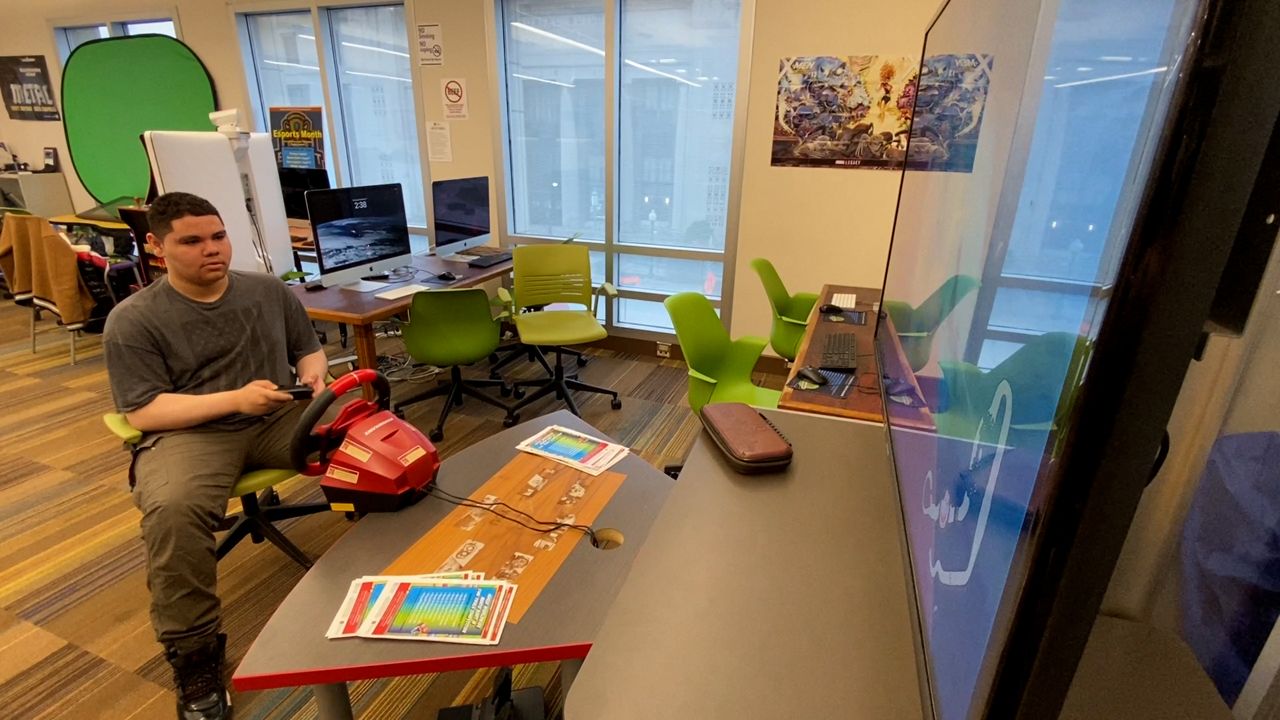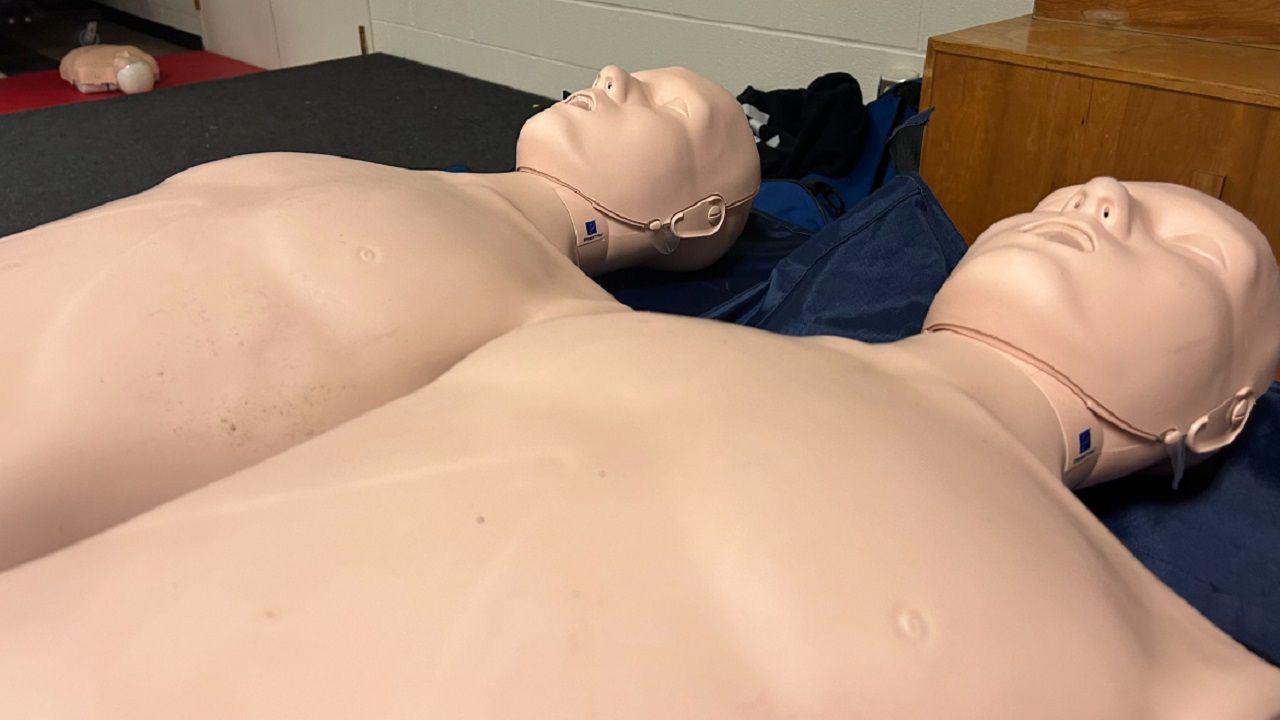Rochester, N.Y. — A small gray-looking block plays a crucial part in Krittika Goyal’s research at the Rochester Institute of Technology.
“This is a biomimetic skin phantom. It consists of two layers. The top part, the black part, is made of a polymer that's called PDMS,” explained Goyal.
The phantom is a model that mimics the electrical properties of human skin. Goyal places electrodes on the model, testing how they would react to different skin types.
“The pores you see on the top of it, this is what simulates different skin. Dry skin or hydrated skin,” said Goyal.
Many of us use electrodes every day. Smartwatches use them to track your heart rate, brain activity and stress levels. However, testing these features on actual human skin can be unpredictable and can raise ethical concerns. That’s where Goyal’s research comes in.
“I started exploring this area and thought what is a need that needs to be taken care of,” said Goyal.
Making the skin phantom is inexpensive and using it lets Goyal test reactions in a controlled environment. If you brought in five different people, you’d get five different results with no way of knowing what the different variables are. Goyal compares it to making pancakes.
“One day your recipe was using different batter, using olive oil or using a whisk. The next day, you change all those variables. The pancakes taste better, but can you tell why they taste better that day rather than the first day?" Goyal clarified.
It’s research years in the making, starting from when Goyal was a PhD student at RIT. During that time, she learned the skills needed to bring her idea to life. The skin phantom project started with Goyal wanting to fill a need and she says she’ll keep going until there’s nothing left to solve.
“Really it’s like one research question leads to another,” said Goyal. “As long as we haven’t answered all the questions, we’ll keep going.”







